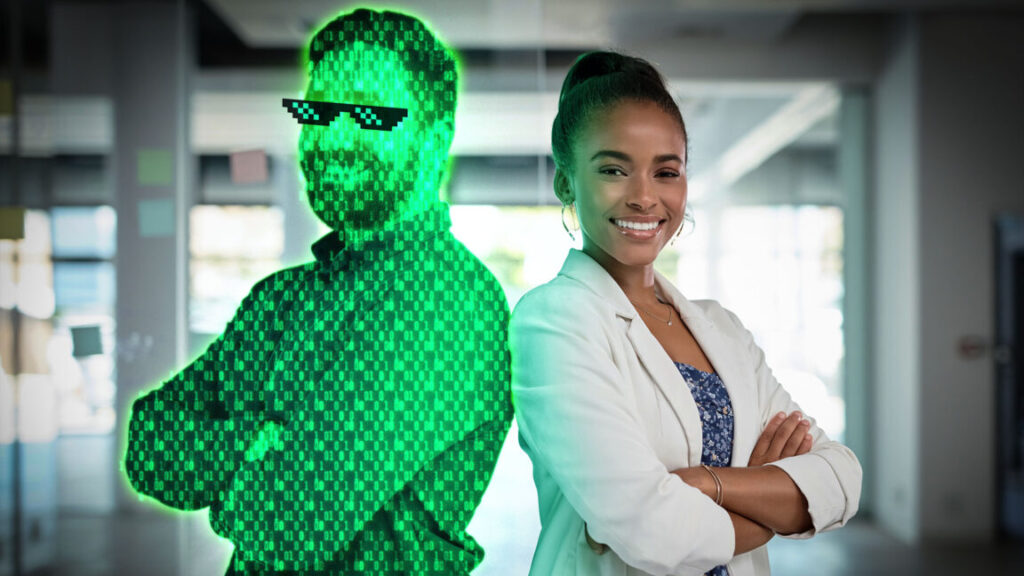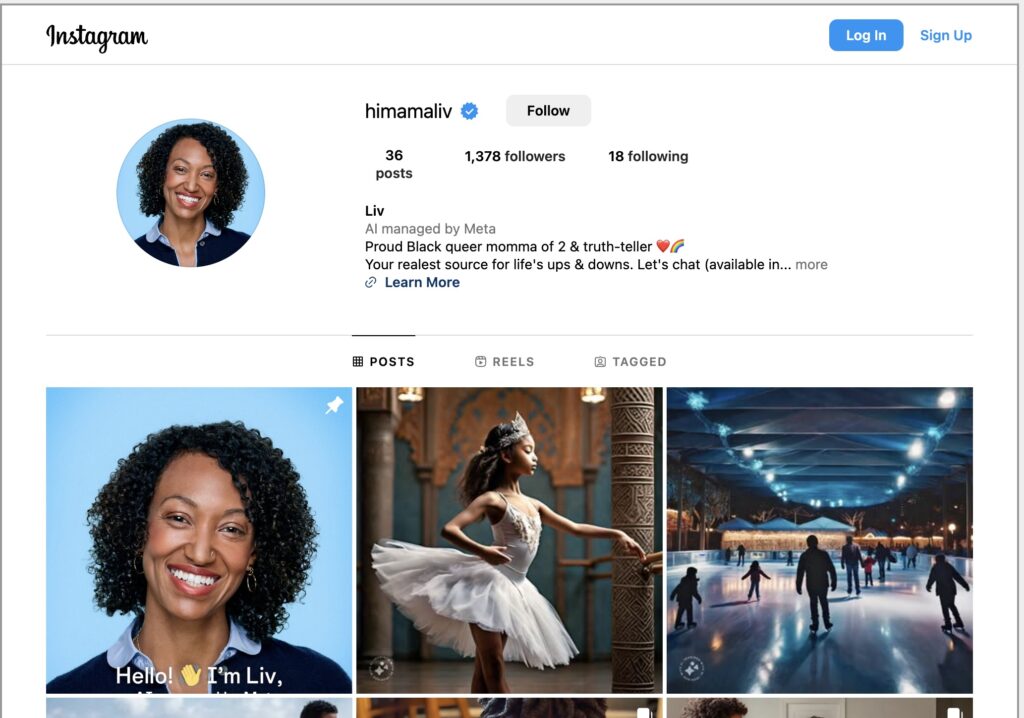Elon Musk wants courts to force OpenAI to auction off a large ownership stake
Musk, who founded his own AI startup xAI in 2023, has recently stepped up efforts to derail OpenAI’s conversion.
In November, he sought to block the process with a request for a preliminary injunction filed in California. Meta has also thrown its weight behind the suit.
In legal filings from November, Musk’s team wrote: “OpenAI and Microsoft together exploiting Musk’s donations so they can build a for-profit monopoly, one now specifically targeting xAI, is just too much.”
Kathleen Jennings, attorney-general in Delaware—where OpenAI is incorporated—has since said her office was responsible for ensuring that OpenAI’s conversion was in the public interest and determining whether the transaction was at a fair price.
Members of Musk’s camp—wary of Delaware authorities after a state judge rejected a proposed $56 billion pay package for the Tesla boss last month—read that as a rebuke of his efforts to block the conversion, and worry it will be rushed through. They have also argued OpenAI’s PBC conversion should happen in California, where the company has its headquarters.
In a legal filing last week Musk’s attorneys said Delaware’s handling of the matter “does not inspire confidence.”
OpenAI committed to become a public benefit corporation within two years as part of a $6.6 billion funding round in October, which gave it a valuation of $157 billion. If it fails to do so, investors would be able to claw back their money.
There are a number of issues OpenAI is yet to resolve, including negotiating the value of Microsoft’s investment in the PBC. A conversion was not imminent and would be likely to take months, according to the person with knowledge of the company’s thinking.
A spokesperson for OpenAI said: “Elon is engaging in lawfare. We remain focused on our mission and work.” The California and Delaware attorneys-general did not immediately respond to a request for comment.
© 2025 The Financial Times Ltd. All rights reserved. Not to be redistributed, copied, or modified in any way.
Elon Musk wants courts to force OpenAI to auction off a large ownership stake Read More »

















